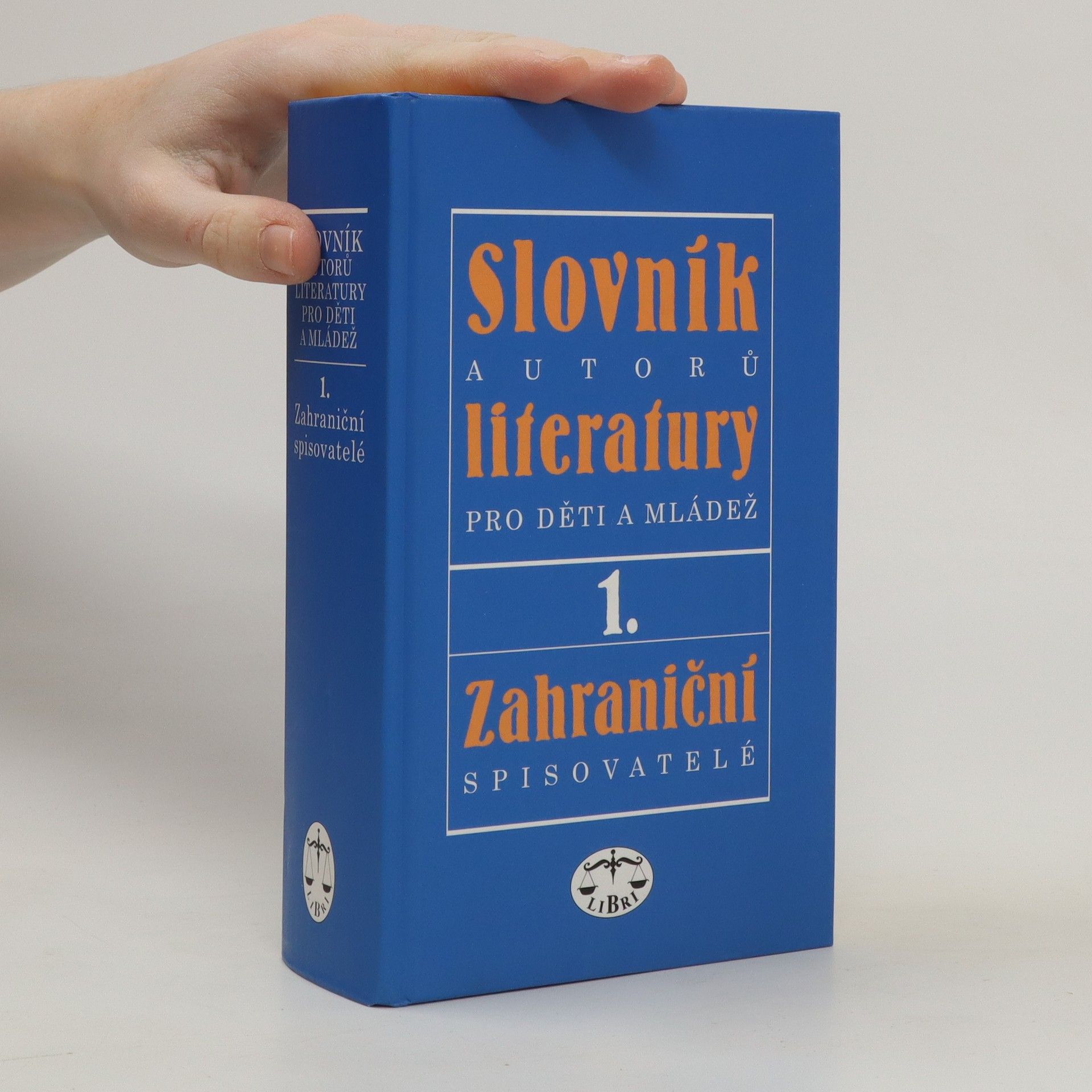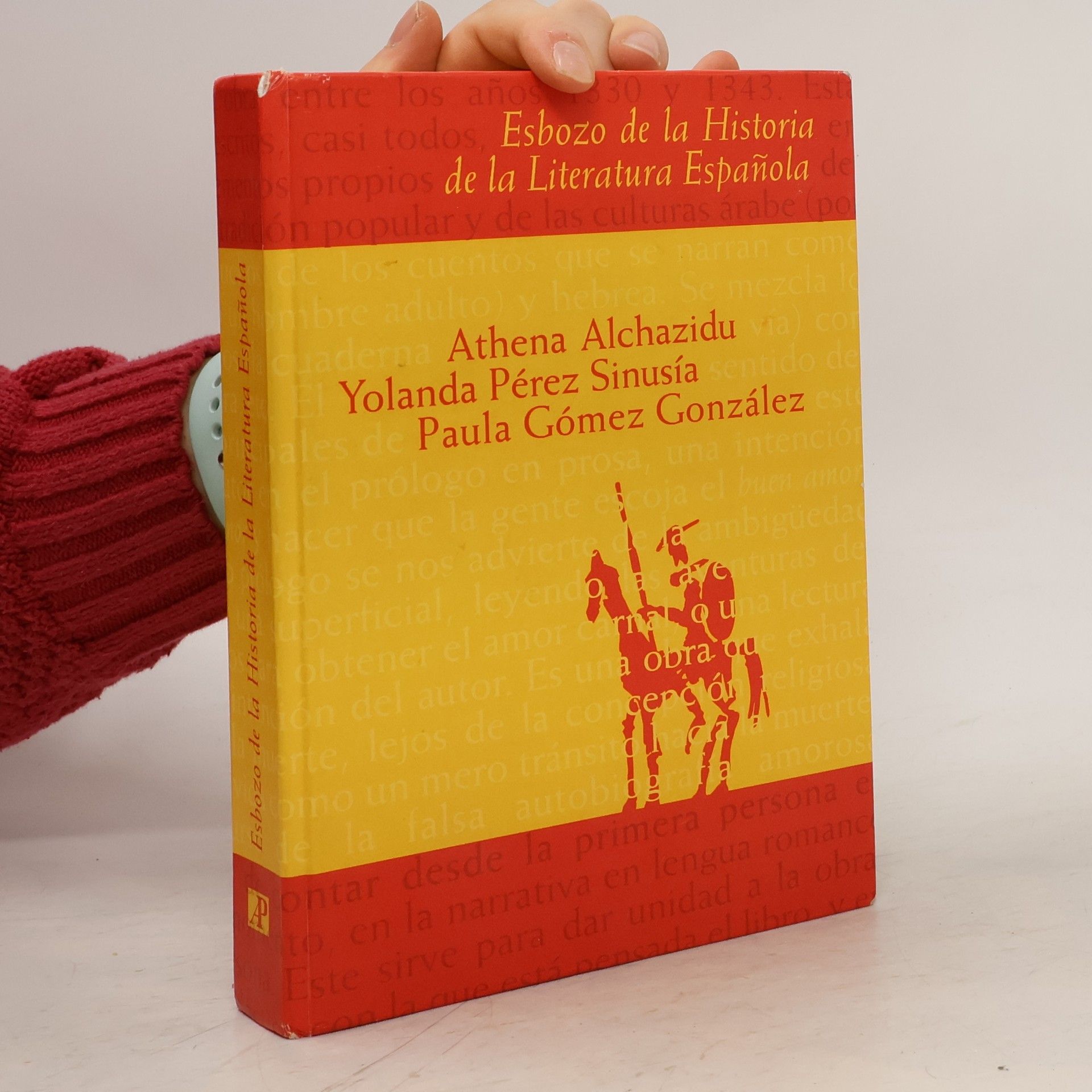Esbozo de la historia de la literatura española
- 284 pages
- 10 hours of reading







The internationally bestselling new novel from the author of the modern classic, The Shadow of the Wind
Hidden in the heart of the old city of Barcelona is the 'cemetery of lost books', a labyrinthine library of obscure and forgotten titles that have long gone out of print. To this library, a man brings his 10-year-old son Daniel one cold morning in 1945. Daniel is allowed to choose one book from the shelves and pulls out 'La Sombra del Viento' by Julian Carax. But as he grows up, several people seem inordinately interested in his find. Then, one night, as he is wandering the old streets once more, Daniel is approached by a figure who reminds him of a character from La Sombra del Viento, a character who turns out to be the devil. This man is tracking down every last copy of Carax's work in order to burn them. What begins as a case of literary curiosity turns into a race to find out the truth behind the life and death of Julian Carax and to save those he left behind. A page-turning exploration of obsession in literature and love, and the places that obsession can lead.
Unikátní slovník autorů literatury pro děti a mládež, a to včetně těch, jejichž díla byla původně určena dospělým čtenářům (Defoe, Swift, Verne a řada dalších), ale časem se stala vyhledávanou četbou dětí a mládeže, často ovšem v literárních úpravách či zkrácené verzi. První svazek je věnován autorům zahraničním včetně slovenských.
Výbor z irských mýtů a legend obsahuje následující příběh: Děti krále Lira — Finnův příchod — Finnova družina — Branovo zrození — O matce Orsinově — Největší hrdinové Fiannanští.
Barcelona, 1957. It is the week before Christmas in the Sempere & Sons bookshop. Daniel Sempere has married the love of his life, Bea, and they have had a son whilst their partner in crime, Fermín, is busy preparing for his wedding to Bernarda in the New Year. Just when it seems as if luck is finally smiling on them, a mysterious figure with a pronounced limp enters the shop. He insists on buying the most expensive volume on display - a beautiful illustrated edition of the "The Count of Monte Cristo" - and then proceeds to inscribe the book with the words "For Fermín Romero de Torres, who came back from the dead and who holds the key to the future". Who is this man and what does he wand of Fermín ? The answer lies in a terrible secret that has lain hidden for two decades, an epic tale of imprisonment, betrayal, murder and love that leads back into the very heart of the Cemetery of Forgotten Books.
In an abandoned mansion at the heart of Barcelona, a young man, David Martin, makes his living by writing sensationalist novels under a pseudonym. Close to despair, he receives a letter from a reclusive French editor, Andreas Corelli, who makes him the offer of a lifetime--write a book unlike anything that has ever existed--a book with the power to change hearts and minds. In return, he will receive a fortune, and perhaps more. But as David begins the work, he realizes that there is a connection between his haunting book and the shadows that surround his home.
Tremendismus je jedním z nejpozoruhodnějších literárních jevů ve španělské literatuře 20. století. Na literární scéně se objevil s nástupem představitelů nové Generace 36, jejichž tvorba poznamenala další vývoj španělské literatury. Přesto je však na tremendismus pohlíženo jako na fenomén marginálního významu. Od 90. let 20. stol. lze pozorovat jisté oživení zájmu o tento pozoruhodný literární fenomén, což primárně souviselo se zvýšeným zájmem o tvorbu hlavního představitele tremendismu Camila Josého Cely, zvláště po té, co mu v roce 1989 byla udělena Nobelova cena za literaturu. Ve stejnou dobu se začali prosazovat mladí autoři z Generace X, jejichž výpravná próza nese výrazné rysy tremendistické estetiky, a to do takové míry, že lze uvažovat o návratu tremendismu. Publikace je snahou o drobný příspěvek do zmíněné literární diskuze, jelikož si klade za cíl najít alespoň dílčí odpovědi na otázky zásadního významu, které se k dané problematice váží (Zdroj: Muni.cz).